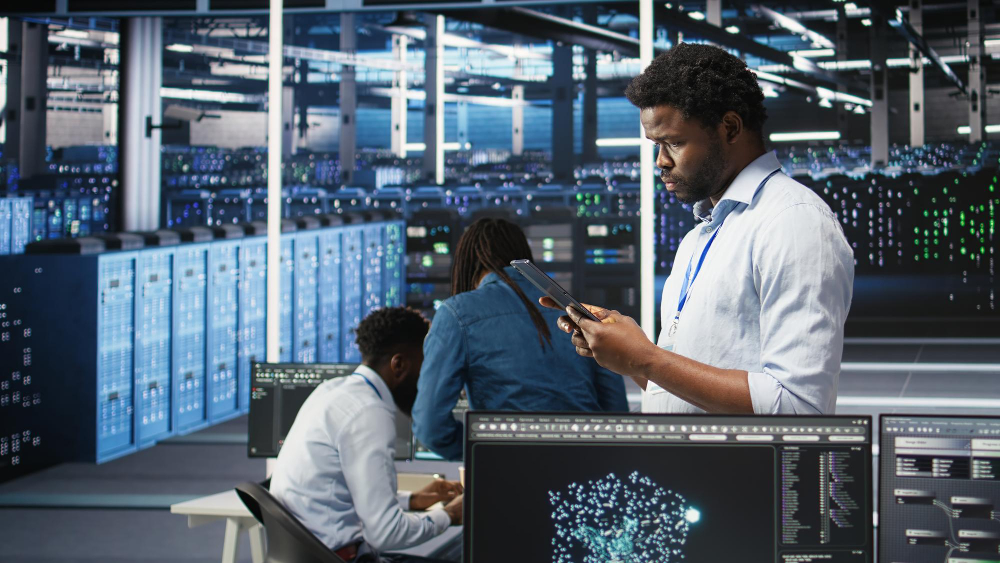ZincFive today announced the launch of its BC 2 AI battery cabinet, an innovative UPS solution engineered specifically for the demands of AI-driven data centers.
Building on its BC Series legacy, the BC 2 AI uses nickel-zinc (NiZn) battery technology together with a high-speed Battery Management System (BMS) so that data center operators can manage both intense AI workloads and traditional runtime protection within a single compact unit.
Key Highlights of the BC 2 AI
- Purpose-built for AI pulse loads: The system is engineered to absorb rapid power surges common in GPU clusters, AI training and high-density data center environments—loads where legacy UPS systems often struggle.
- Dual-mode operation: Supports both dynamic AI workloads and conventional outage protection, giving operators flexibility and efficiency in one footprint.
- Compact footprint & high density: Thanks to NiZn chemistry, ZincFive claims the BC 2 AI can deliver equivalent pulse power while occupying much less space than typical lithium-ion or lead-acid alternatives.
- Sustainable and safe: NiZn batteries deliver advantages in recyclability, thermal stability and lower carbon footprint when compared with other chemistries.
- Future-proof design: The cabinet’s field-upgradeable architecture supports evolving AI power demands, making it suitable for long-term deployments in hyperscale, colocation and edge facilities.
Why This Matters for Data Center Operators
The rise of AI workloads is stretching traditional data center infrastructure in new ways especially when it comes to power, cooling and capacity planning. Operators are seeing transient spikes, high switching rates and unpredictable power curves that challenge conventional UPS and battery systems.
By offering a solution designed for this new “AI power profile,” ZincFive addresses key issues:
- Minimising over-design and wasted capacity by matching battery response to real workload behaviour.
- Reducing CAPEX and OPEX through efficient use of space, high cycle life and lower replacement frequency.
- Simplifying infrastructure management by combining AI-pulse readiness and runtime backup in one system.
- Helping meet sustainability goals by employing battery chemistry with lower environmental impact and better safety characteristics.
Considerations Before Deployment
- Integration with UPS and grid infrastructure: While the BC 2 AI claims compatibility, operators need to validate how it works with their existing UPS systems, switchgear and redundancy schemes.
- Thermal and cooling strategy: High-density battery modules and rapid discharge profiles require effective thermal management—facility design should account for this.
- Lifecycle and replacement planning: Although NiZn offers longer cycle life than some alternatives, full lifecycle costs, warranty coverage and replacement logistics should be assessed.
- Monitoring and analytics: Operators should ensure that the new system’s monitoring (via the BMS) integrates with their overall data center infrastructure management (DCIM) tools for visibility and actionable insights.
- Evolving AI workloads: AI power demands will continue to evolve; while the BC 2 AI is field-upgradeable, planning for future capacity, modularity and scalability remains essential.
Discover IT Tech News for the latest updates on IT advancements and AI innovations.
Read related news - https://ittech-news.com/credo-launches-weaver-to-enhance-ai-inference-memory-scalability/




.jpg)

Comments